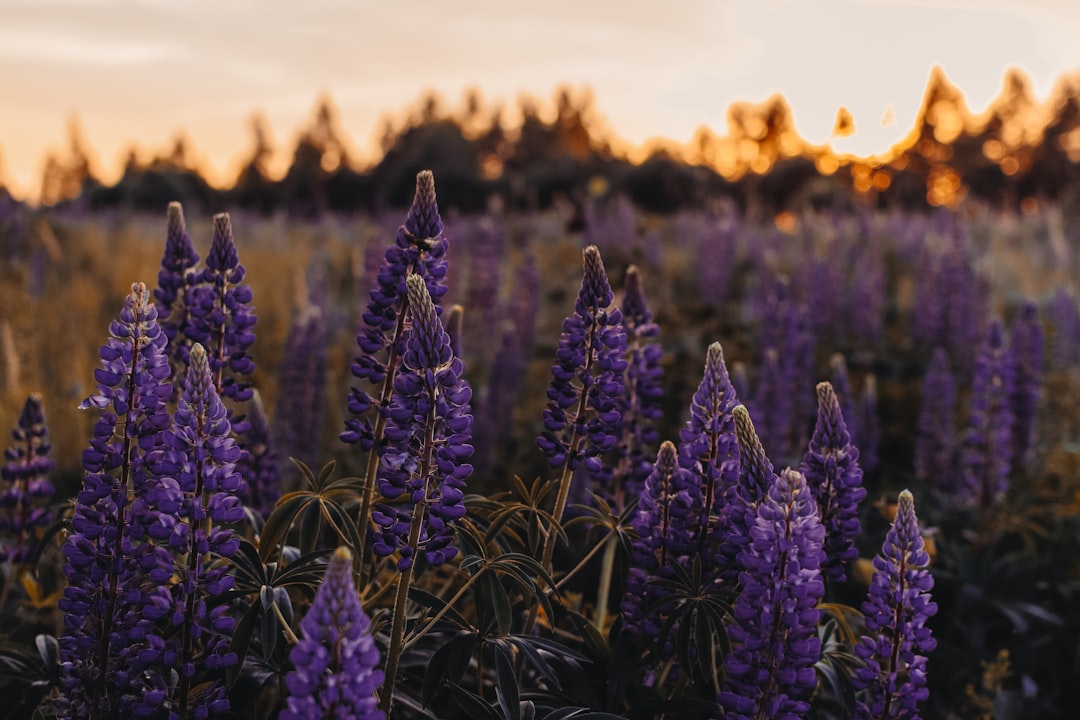Tracing the journey of plant life from water to land and beyond
When we look at the mighty trees of a forest or the flowers blooming in a garden, it’s hard to imagine that their ancestors once floated in ancient seas as simple green algae. The evolution of plants is a remarkable journey—one that spans over 500 million years and showcases the incredible adaptability of life.
In this post, we’ll explore how plants evolved from tiny aquatic organisms into the diverse, land-dwelling giants that shape our planet today.
🌊 1. Life Begins in Water: The Algae Era
The earliest plant-like organisms were photosynthetic algae—simple, aquatic, and often microscopic. They first appeared over a billion years ago, and by around 500 million years ago (MYA), green algae (Chlorophyta) had developed the key traits we associate with plants:
-
Chlorophyll for photosynthesis
-
Cell walls made of cellulose
-
The ability to store energy as starch
Green algae are considered the closest living relatives of modern land plants. Some species began to develop multicellularity, a major evolutionary step.
🪴 2. The Leap to Land: The First Land Plants (≈ 470 MYA)
Around 470 MYA, during the Ordovician period, plants made the revolutionary move from water to land. But life on land was harsh—no buoyancy, strong UV radiation, risk of drying out.
To survive, early land plants evolved key adaptations:
-
Waxy cuticle to prevent water loss
-
Stomata for gas exchange
-
Multicellular reproductive structures to protect gametes
-
Spores with protective walls for dispersal
These pioneers resembled today’s liverworts, hornworts, and mosses—collectively known as bryophytes. They were non-vascular, meaning they lacked specialized tissues to transport water and nutrients, so they stayed small and lived in moist environments.
🌱 3. Growing Up: Vascular Plants Take Root (≈ 430 MYA)
The next big leap came with the rise of vascular tissue:
-
Xylem (to move water and minerals)
-
Phloem (to move sugars and nutrients)
This allowed plants to grow taller and colonize drier land.
The first vascular plants, like Cooksonia, appeared in the Silurian period and had:
-
Small stems with branching tips
-
No leaves or roots (yet!)
-
Spore-based reproduction
These early vascular plants gave rise to two major lineages:
-
Lycophytes (club mosses)
-
Ferns and their relatives
🌲 4. The Age of Ferns and Forests (≈ 360 MYA)
During the Devonian and Carboniferous periods, Earth's landscapes transformed into vast forests dominated by seedless vascular plants like ferns, horsetails, and lycopods.
Key traits:
-
True roots and leaves evolved
-
Larger size and woody stems
-
Spores still used for reproduction (no seeds yet)
These dense forests formed the coal beds we mine today.
🌰 5. Seeds and Survival: The Rise of Gymnosperms (≈ 320 MYA)
The evolution of the seed was a game-changer. Seeds protected the plant embryo and could survive harsh conditions.
Gymnosperms (“naked seeds”) like conifers, cycads, and ginkgoes appeared. They had:
-
Pollen for fertilization without water
-
Seeds for long-distance dispersal
-
Wood for structural support
Gymnosperms ruled the world during the Mesozoic Era, especially in the age of dinosaurs.
🌼 6. Flowers Take Over: The Evolution of Angiosperms (≈ 140 MYA)
Around 140 million years ago, angiosperms (flowering plants) evolved—and they rapidly diversified and took over ecosystems worldwide.
Why were they so successful?
-
Flowers attracted pollinators, improving reproduction.
-
Fruits protected seeds and encouraged animal dispersal.
-
Efficient vascular systems helped them grow faster.
-
Double fertilization ensured nutrient-rich seeds.
Today, angiosperms dominate nearly every terrestrial habitat and include everything from tiny grasses to massive oak trees.
🌍 7. Plants and the Planet: A Co-Evolutionary Story
As plants evolved, they didn’t just adapt to Earth—they shaped it:
-
They produced oxygen and helped form the atmosphere.
-
Their roots and decaying matter built soil.
-
They co-evolved with animals, especially insects, birds, and mammals.
-
They support entire ecosystems and human civilization itself.
From simple algae to complex flowering plants, the evolution of plants is a story of resilience, innovation, and ecological impact.
🌱 Final Thoughts
The journey from aquatic algae to towering trees wasn’t quick or easy. It was driven by natural selection, trial and error, and countless small changes over hundreds of millions of years. Today, plants are not just passive greenery—they’re living evidence of Earth’s dynamic history.
Understanding plant evolution helps us appreciate the diversity of life, protect ecosystems, and explore sustainable ways to coexist with nature.

Comments
No comments yet. Be the first to comment!
You must be logged in to comment. Login